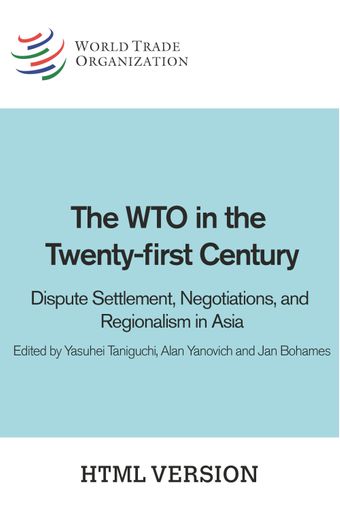The central place of market access for the WTO’s development round

- By: Andrew L. Stoler
- Source: The WTO in the Twenty-First Century , pp 17-17
- Publication Date: January 2007
- DOI: https://doi.org/10.30875/076dd416-en
- Language: English
The Uruguay Round agreements that established the World Trade Organization (WTO) and the rules-based system as a single undertaking represented a quantum leap forward in the history of the General Agreement on Tariffs and Trade (GATT) and the WTO. It was an immensely complicated undertaking to simultaneously negotiate and reach agreement in such complex areas as intellectual property protection, designing a workable approach to governing trade in services, developing an agreed approach to measuring support to agriculture and disciplining trade-distorting investment measures. It was also not a simple task to elaborate the structure of the WTO as an institution. Of course, the crowing jewel was the new understanding on dispute settlement which, over the past ten years, has proven to be the most effective system of international dispute settlement the world has ever seen. With all of that on the table, in additional to more traditional market access and trade regulation issues, no one was surprised that the Uruguay Round took an extra three years to conclude and that the subsequent implementation of the many different agreements has sometimes presented special problems to the Members of the WTO.
-
From This Site
/content/books/9789287046758s009-c001dcterms_subject,pub_countryId-contentType:WorkingPaperSeries -contentType:Periodical -contentType:BookSeries -contentType:ReportSeries105


